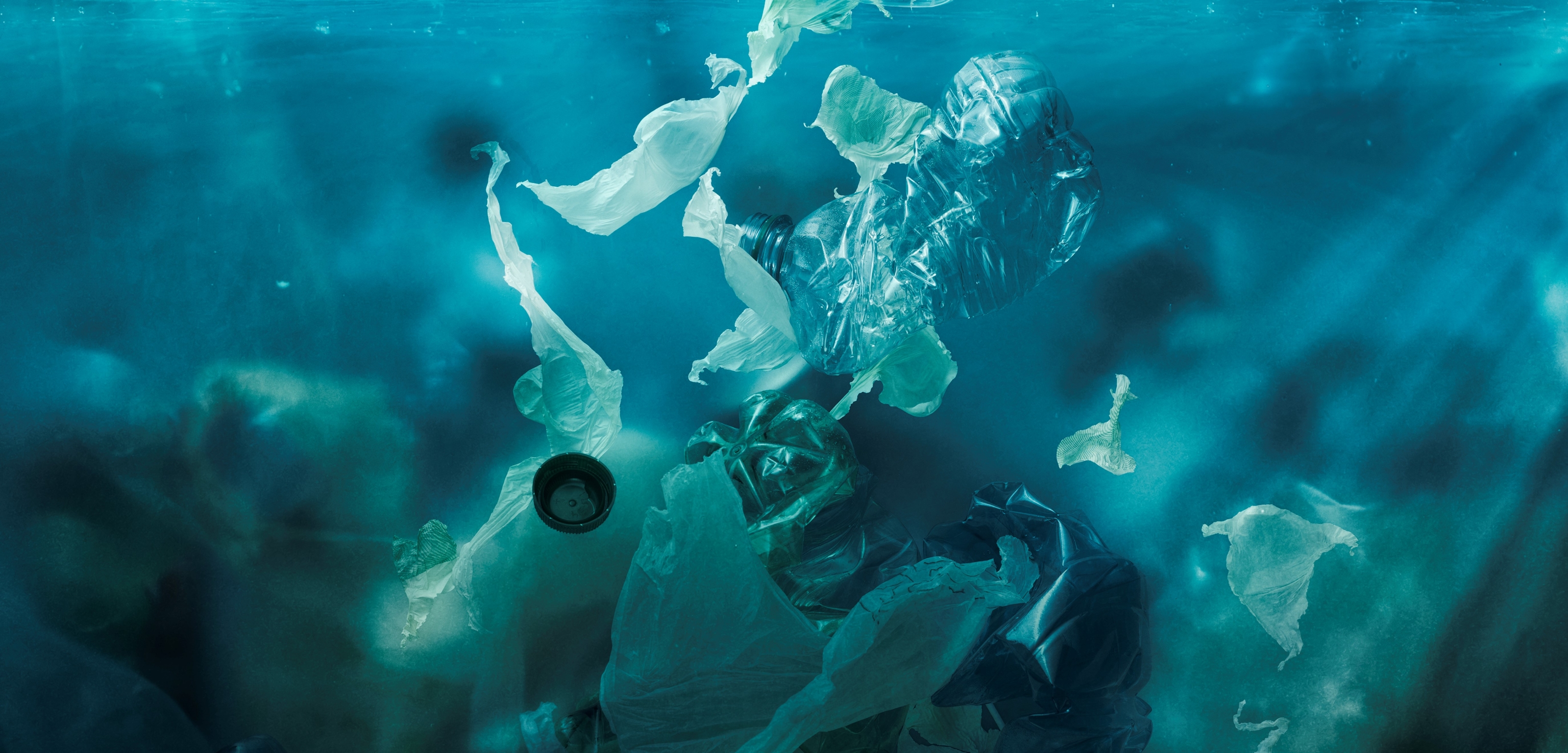
Addressing the challenge of Marine Plastic Litter with Circular Economy practices
The high and rapidly increasing levels of marine litter, including plastic litter and microplastics, represent a serious environmental problem at a global scale, negatively affecting marine life and biodiversity, ecosystems, livelihoods, fisheries, maritime transport, recreation, tourism and economies. (UNEP/EA.4/Res.6. Resolution adopted by the United Nations Environment Assembly on 15 March 2019.)
The global community has mobilized to halt and stop marine plastic litter. G20 Leaders’ Summit in Hamburg agreed on a G20 Action Plan on Marine Litter in 2017, and G7 on Ocean Plastics Charter in 2018. The Japanese presidency of G20 in 2019 shared the Osaka Blue Ocean Vision to reduce additional pollution by marine plastic litter to zero by 2050.
UNIDO, as a leading UN agency promoting circular economy, contributes to G20's work programme, particularly to the Osaka Blue Ocean Vision G20 Implementation Framework for Actions on Marine Litter, and supports its member state governments to address marine plastic litter challenges primarily at their sources on land through promoting the adoption of circular economy business models and technologies.
Circular economy practices require policy frameworks to create incentives for economic actors, including industry and consumers, to increase resource efficiency and productivity. Applying circular economy practices would move industries in plastic value chains towards more innovative, resource efficient and sustainable production. Circular business models help industries to design out waste to retain plastics within the economy, preserving the value embodied in plastics that leaked out of the economy as waste. In the upstream, the value chain interventions start with selection of non-toxic, less carbon intensive and more sustainable input materials, including chemicals and redesigning existing and new products and production processes for circularity. In the downstream, ensuring products are distributed, used and consumed through most low carbon and least polluting means is critical. Further downstream, returning products, parts and materials at post-consumption to the economy through most effective collection, sorting and recycling technologies closes loops. As a transitionary measure and last resort, waste to energy actions may also be considered.
Application of circular economy practices often requires collaboration with the waste management industry, including social considerations such as the integration and improvement of the working conditions of informal waste pickers.
In summary, industries should be incentivized to take into account the whole life cycle of their products when developing new circular business models and consumers incentivized to demand and purchase more circular plastic products.

Related Documents
Addressing the challenge of Marine Plastic Litter using Circular Economy methods
Partnering for Africa's challenge on plastic pollution
Study on Plastic Value Chain in Egypt
Study on Plastic Value Chain in Kenya
Studies on Plastics Value-Chain in Nigeria
Report on sustainable alternative materials, innovative packaging and recycling technology
To support the challenges faced by its member states in reducing plastic waste leaking into the environment, please see a sample of UNIDO projects at https://open.unido.org :
- Improving resource efficiency of plastic industry (Egypt) SwitchMed
- Strengthening recycling industry though policy support (Israel) SwitchMed
- Establishing a circular economy framework for the plastics sector (Ghana)
- Integrated approach towards sustainable plastics use and (marine) litter prevention (Bangladesh)
- Improving packaging design and promoting new business model (Egypt)
- Promoting sustainable alternative materials (South Africa, Egypt, Kenya)
- Strengthening recycling capacity through waste picker integration (South Africa)
- Strengthening plastic value chains (Nigeria)
- Plastic value chain study (Egypt, Kenya and Nigeria)
- Switch to circular economy value chains (global)

